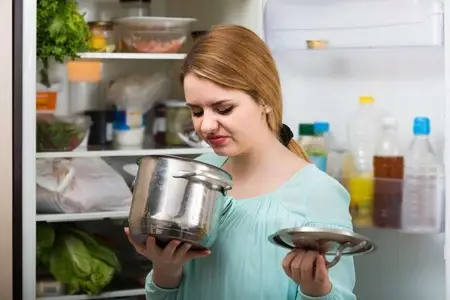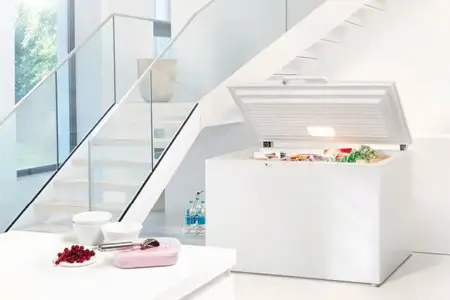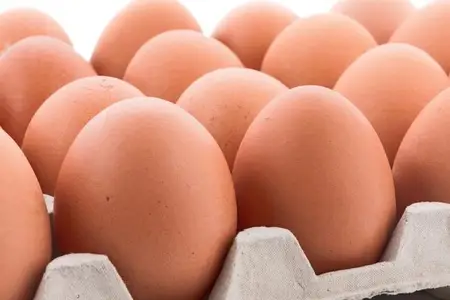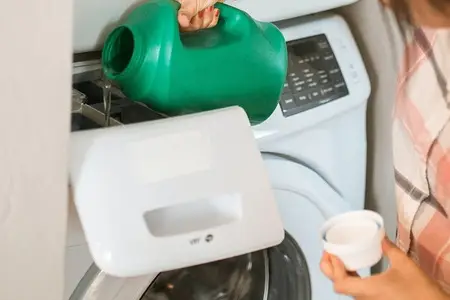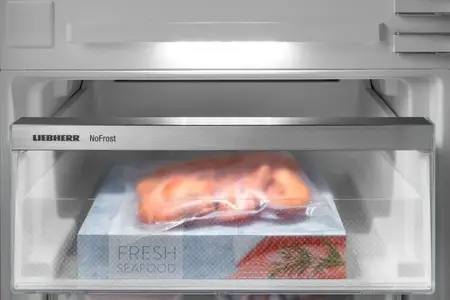A good wine tastes best when served at the right temperature – and when it has been properly stored. A wine refrigerator ensures optimal conditions. However, not every model is suitable for every purpose.
Why Do I Need a Wine Refrigerator?
A wine refrigerator is useful because it provides the ideal environment for your wine bottles.
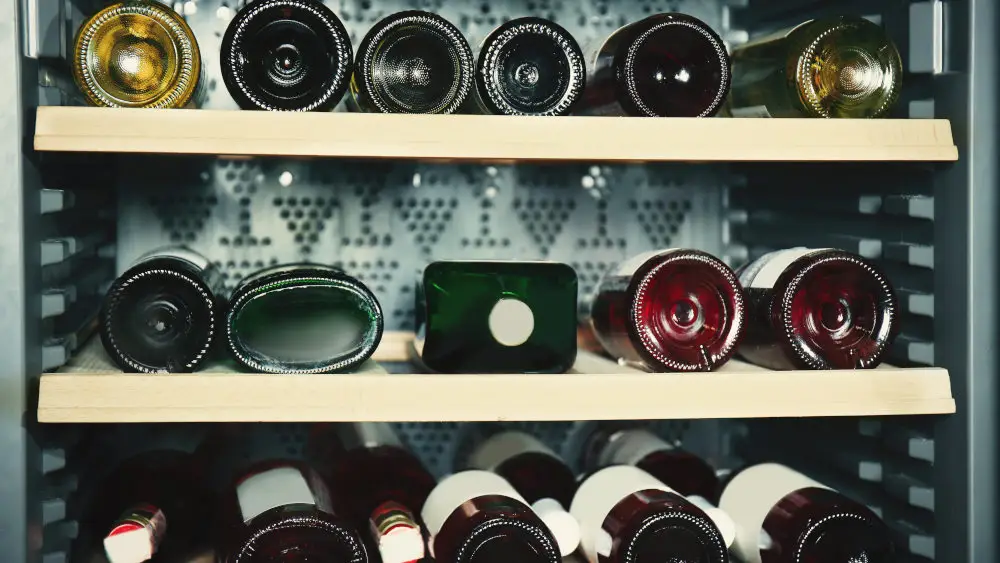
Cool, dark, constant temperature, specific humidity, and no vibrations: wine enthusiasts know that wine only develops its full bouquet with proper wine storage. This keeps its aroma intact and prevents premature aging. Red wine, white wine, sparkling wine, and champagne also require different serving temperatures to taste their best.
A conventional refrigerator cannot provide such storage conditions. A wine cellar is optimal for storage, but not everyone has one. A wine refrigerator is a good alternative for storing even high-quality and larger wine collections. Depending on the model, the wine can be stored for longer periods or placed in the unit before serving.
What Are the Advantages of a Wine Refrigerator?
The special features of wine refrigerators offer advantages for storage:
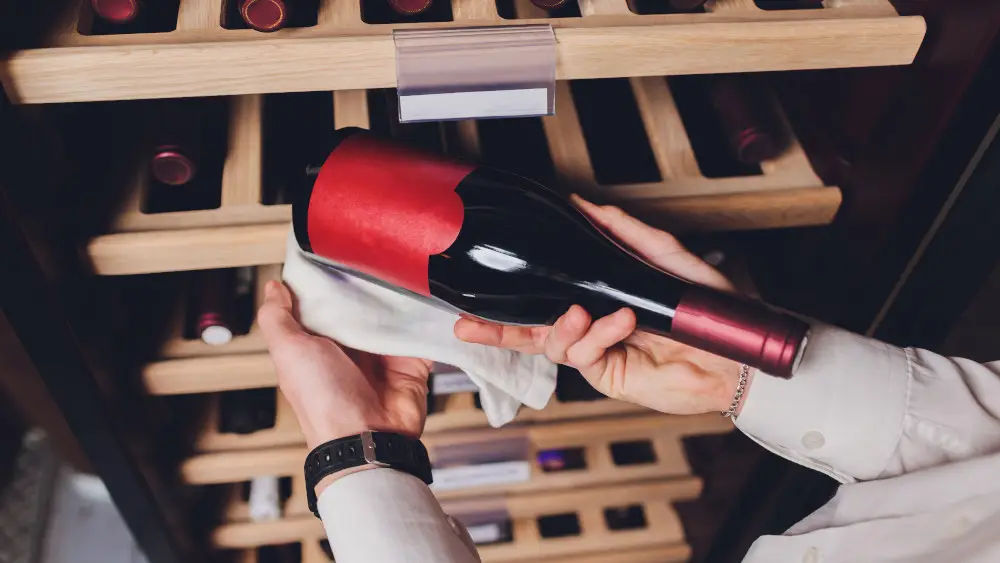
- The temperature of the wine refrigerator remains constant.
- Precise temperature control is possible for each compartment.
- The humidity remains constant – neither too high nor too low.
- Special doors provide protection from excessive (UV) light.
- Low-vibration cooling systems prevent shaking that can cause sediment formation in the bottle. Wooden shelves absorb vibrations better than metal, glass, or plastic.
- Carbon filters and air circulation can keep odors away.
Wine Refrigerator, Wine Temperature Cabinet, Wine Climate Cabinet: What are the Differences?
Wine refrigerator is the umbrella term for two types of appliances for storing wine, sparkling wine, or champagne at cool temperatures: wine temperature cabinet and wine climate cabinet. In casual language, wine refrigerator and wine temperature cabinet are often used interchangeably.
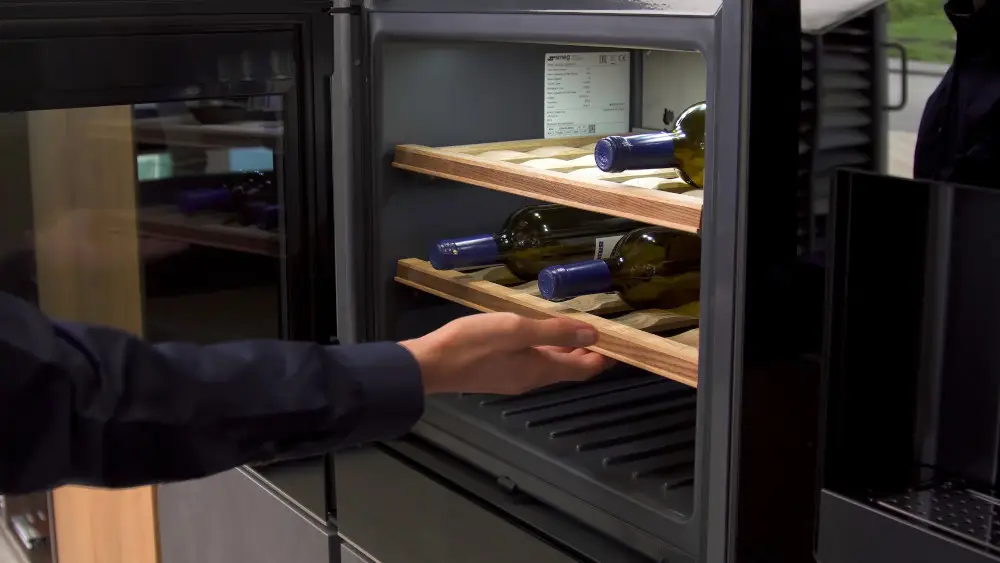
- A wine temperature cabinet is used to store wines at the right drinking temperature. Often these are wine refrigerators with two zones for cooling white wine and red wine.
- A wine climate cabinet or wine storage cabinet is designed for long-term storage. It maintains a temperature of 10 to 12° C in one cooling zone.
Zones and Optimal Temperature in Wine Refrigerators
In a wine cabinet, you can set temperatures between 5 and 20° C depending on the model. Temperature zones are important: depending on the model, there are one, two, or three. With a dual-zone wine refrigerator, you can store different types of wine simultaneously.
Each is cooled at a different temperature. A specific range is Optimal for different wines:
- Red wine is ideally served at 12 to 18° C.
- White wine tastes best at 8 to 14° C.
- For rosé wines, 10 to 14° C is ideal.
- Sparkling wines like prosecco or champagne are drunk at 6 to 8° C.
Built-in Wine Refrigerator or Free-standing Unit
- A free-standing wine refrigerator can be placed flexibly wherever there’s a power outlet nearby. Warm air escapes through the sides or back. These units need several centimeters of space all around. Generally, free-standing wine refrigerators are larger, but you can also find mini wine refrigerators and particularly slim units.
- A built-in wine refrigerator integrates into your kitchen cabinet. Some units can be installed as under-counter wine refrigerators beneath the worktop. Both variants blend harmoniously into the furnishings. Their ventilation occurs through a front base panel. Such built-in wine refrigerators are also available with two cooling zones.
- Looking for a special built-in wine refrigerator? Some models are designed for the living room, such as sideboards with integrated wine refrigerators. This saves you the trip to the kitchen or cellar.
Important Criteria When Buying a Wine Refrigerator
Besides deciding whether you want a wine climate cabinet or a wine temperature control cabinet, there are other criteria you should consider.

- Capacity: Manufacturers specify the maximum number of bottles a wine cooler can hold. They base this on the standard Bordeaux bottle with a capacity of 0.75 liters, the most common bottle shape. Many models can hold up to 24 bottles, while larger units can accommodate 40, 50, or even up to 100 bottles.
- Light: Wine should be protected from direct sunlight. Most wine refrigerators feature coated glass doors with UV filters. The interior lighting consists of LED lights that emit minimal heat and no UV radiation.
- Humidity: Humidity plays a crucial role for wine bottles with natural corks. If it falls below 50 percent, the corks dry out and oxygen enters. This spoils the wine. Too high humidity can lead to mold. For long-term wine storage, the ideal humidity is 65 to 70 percent, otherwise 70 to 80 percent.
- Cooling System: Low-vibration compressors in wine refrigerators minimize shock. An alternative are units with Peltier technology: Their electrical cooling system causes no vibrations. These models also score points for operating quietly – similar to very quiet refrigerators.
- Filter: Wine climate cabinets are equipped with activated carbon filters that absorb odors.
- Energy Consumption: Wine refrigerators have different energy efficiency classes. Since 2021, classes A to G apply. The EU has set higher standards and wants to motivate manufacturers to build even more energy-efficient devices – just like with energy-saving refrigerators. Therefore, there are almost no wine coolers in classes A to E.
Summary: Cooling and Storing Wine with a Wine Refrigerator
A good wine pairs well with a nice meal or cozy gathering. To develop its full aroma, you should serve it at the right drinking temperature. A wine refrigerator or wine temperature control cabinet helps with this. Wine bottles are stored protected from light with ideal humidity, and they are not disturbed by vibrations.
If the wine cooler has multiple zones, you can store and serve red wine, white wine, and sparkling wine at their optimal temperatures. A wine climate cabinet serves for longer-term storage of the grape juice.
Frequently Asked Questions about Wine Coolers
In our FAQ, we answer common questions about wine refrigerators.
What is a wine cooler?
A wine cooler is a special refrigerator for storing wine – depending on the model, either for long-term storage or before serving. The devices create optimal conditions so that red wine, white wine, rosé, sparkling wine and champagne can develop their full aroma.
How does a wine cooler work?
A wine cooler works basically like a normal refrigerator but has some special features. These include different temperature zones to store different types of wines at their ideal drinking temperature. The devices also protect against too much and too little humidity, UV light, and vibrations.
When do I need a wine cooler?
A wine cooler makes sense if you want to always serve wines at the right temperature or store high-quality wines for a longer period. In the first case, you choose a wine serving cabinet. In the second case, a wine climate cabinet helps you.
How much does a wine cooler cost?
The prices for wine coolers depend on capacity and features. From 130 euros, you can get a wine cooler for six to eight bottles. High-quality models for large wine collections can cost several thousand euros.
What temperature should a wine cooler generate?
The temperature in the wine cooler depends on the type of device and stored wine. Wine climate cabinets maintain a constant temperature of 10 to 12° C. Wine serving cabinets provide the appropriate serving temperature. It’s 6 to 8° C for sparkling wine and champagne, 8 to 14° C for white wines, 10 to 14° C for rosé, and 12 to 18° C for red wine.
How cold does a wine cooler get?
You can set how cold a wine cooler gets yourself. Depending on the device, the minimum temperature is between 6 and 10° C.
How much electricity does a wine cooler use?
The power consumption of wine coolers depends, among other things, on the capacity. The energy efficiency class indicates how energy-efficient the model is. Most models are currently classified in classes F and G, the scale ranges from A to G. For devices holding 18 to 21 bottles in classes F and G, consumption is approximately 100 to 140 kWh annually.

